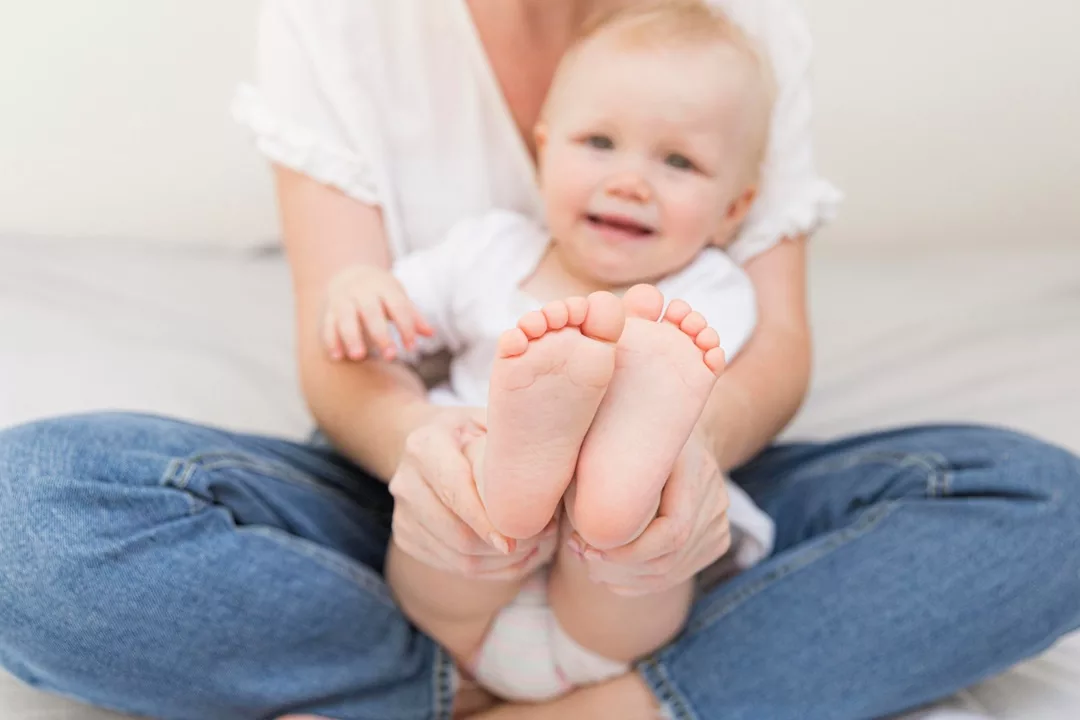Understanding Pediatric Flatfoot: Diagnosis and Concerns
Parents keep a watchful eye on their growing children, monitoring their development and staying alert for any signs of potential issues. One such concern is pediatric flatfoot, a condition that, if left unaddressed, could lead to permanent deformity in adulthood. The deformity associated with flatfoot can result in mobility challenges and discomfort during physical activities, ultimately raising the risk of reduced cardiovascular health and obesity.
Mary Crawford, DPM, FACFAS, a foot and ankle surgeon based in Everett, Washington, emphasizes the significance of understanding treatment options, whether surgical or nonsurgical. “Parents are understandably reluctant to have their child undergo surgical intervention, but ignoring symptomatic flatfoot can lead to long-term pain and instability as the child grows into adulthood. Since children rely on their feet for years to come, it’s crucial to prioritize their foot health.”
While some children may not exhibit any symptoms, others might experience pain, tenderness, or cramping in the foot, leg, or knee. Parents should also watch out for signs such as an outward tilting of the heel, walking clumsily, and struggling with footwear. Pediatric flatfoot can significantly impede a child’s participation in physical activities, leading to fatigue or voluntary withdrawal from play.
To diagnose pediatric flatfoot, a foot and ankle surgeon conducts a thorough examination in weight-bearing and non-weight-bearing positions, both with and without shoes. The physician assesses the child’s gait and evaluates the foot’s range of motion. In some instances, flat feet may be linked to issues in the hip and knee, prompting a more comprehensive examination.
Diagnosis and Treatment Options
Additional diagnostic procedures, including X-rays, CT scans, MRIs, or bone scans, may be ordered for a more detailed analysis. Family history also plays a role in the assessment. A family history of flatfoot disorder increases the likelihood of the condition in the child.
Crawford highlights the importance of recognizing the different types of flatfoot deformities, stating, “Comprehensive testing allows us to identify the root causes of the flatfoot disorder and formulate an appropriate treatment plan.”
Pediatric flatfoot is broadly categorized into flexible and rigid types. Flexible flatfoot is characterized by a normal arch when the child is not bearing weight. With the arch collapsing upon standing. Symptoms may or may not be present. In the case of rigid flatfoot. The arch remains stiff and flat both when sitting and standing, often accompanied by noticeable symptoms. Treatment approaches vary based on the underlying reasons for the condition, whether flexible or rigid.
It is common for infants to appear to have flat feet initially due to their cramped positioning in the womb. These symptoms typically resolve over time. In other cases, the surgeon might recommend stretching exercises or a soft brace for a short period. As for asymptomatic children, no treatment may be necessary. However regular monitoring and reevaluation by the foot and ankle surgeon are advisable.
For symptomatic cases, the physician might suggest physical therapy. Shoe modifications, anti-inflammatory medications like ibuprofen to alleviate pain and inflammation, or the use of orthotic devices. These devices are designed to provide support and maintain the structure of the foot within the shoe. In certain instances, surgical intervention may be the most suitable option.





